The world doesn’t need what we have, it needs what we are.
Advent Day 15: Edith Stein (1891-1942)
It was evening on August 2, 1942 when the Nazis came for Edith Stein.
Edith was in her tiny room at the convent in Echt, Holland. She was writing, as she often did just before supper. A noted philosopher and author prior to becoming a nun, she’d been working the past few months on a book about Spanish mystic John of the Cross. Her pace had been feverish, in hopes of completing it while she was still free. For she’d had a gut feeling for years that she would eventually be swept up by Europe’s fascist wave.
Now, she heard pounding on the convent door. Edith’s pencil froze on the page. A sharp voice barked an order. Moments later, Edith’s Prioress burst into her room with the dreaded news: the SS were there to arrest Edith and her sister Rosa. The women had five minutes to prepare for departure.
Edith remained still a moment. A breath in, a breath out. Then she calmly rose, found her travel bag, placed a change of clothes inside. When she reached the convent door, the other nuns were already there, silent, grim, stricken. Soon, Rosa arrived. Together, the Stein sisters went down the line of women, bidding farewell to each one.
By the time they turned to face the Nazis, Rosa was on the verge of collapse. Edith, eerily self-possessed, gripped her sister’s hand. “Come, Rosa,” she said, stepping forward. “We’re going for our people.”
Edith Stein was born October 12, 1891 in Breslau (then the German Empire, now Poland), the youngest of eleven children in an observant Jewish family. It was Yom Kippor, the Day of Atonement, holiest day on the Hebrew calendar. In later years, this would come to have deep significance for Edith.
Edith’s father died when she was young. Her mother took over the family’s lumber business while also tending to her children’s educations, activities and religious lives. Augusta Stein was devout. She marked all the Jewish holidays, fasted, attended temple weekly, and insisted her children do the same. But at thirteen, like teens in all times and places, Edith rebelled. The most significant expression of her rebellion was religious: she declared herself an atheist.
My longing for truth was a single prayer.
At 19, Edith entered university in Breslau, the lone female in her class. Intellectually gifted, passionate about seeking the deep truths in life, Edith now believed truth was found not in religion but philosophy.
Campus life in the early 20th century was crackling with change. New social, economic and psychological philosophies seemed to be springing up weekly. Most promised they were the capital-T Truth, and held, alone, the keys to happiness and an end to human suffering. Many also discarded religion, blaming it for the violent excesses of human history. But as intellectually exciting as the early 20th century was, it was also horrifically violent—the most murderous in history up to that point. Abandoning religion seemed not to be making humans less violent, but more.
By the time Edith was pursuing her doctorate—as the only woman in her program at the University of Gottingen in Germany—she was increasingly repelled by the rigid ideologies that had led to Europe’s Great War and the myriad violent revolutions sweeping the globe from China to Russia to Mexico. Now she was drawn to the new field of phenomenology—the study of human experience—and what it is that gives meaning and purpose to life, in all its complexities and contradictions.
Of the many people Edith spent time studying—peace activists, Red Cross workers, soldiers, soldiers’ widows—she began to notice that those who held deep spiritual convictions possessed a peace and purpose that belied their loss and pain. She found this especially true among a particular type of Christian—those sustained by a sense that in their suffering was embedded a kind of loving redemption and spiritual resurrection. A trust that in the healing they would find that pearl of great price.
This was my first encounter with the cross and the divine power it imparts on those who bear it. It was the moment when my unbelief began to collapse.
Intrigued, Edith found herself slowly turning back toward religion, first as an academic, then as a seeker. She began to believe that humans weren’t material beings but spiritual beings.
Two experiences opened the door to the next chapter of her life. The first came in Frankfurt when she and a friend entered a Catholic church to admire the architecture.
We stopped in for a few minutes: and, while we looked around…a woman carrying a market basket came in and knelt down in one of the pews to pray briefly. This was something entirely new to me. To the synagogues or Protestant churches which I had visited, one went only for services. But here was someone interrupting her errands to come into this church…as though she were here for an intimate conversation. I could never forget that.
Then, in 1921 she was visiting philosopher friends in Bavaria. When her friends went out one evening, leaving her alone, she found the autobiography of Spanish mystic Teresa of Avila on a bookshelf. She opened the cover and began to read. Immediately, Edith was taken by Teresa’s teaching that knowledge of God only arrives through knowledge of self, and a shedding of emotional and cultural baggage. Then, through ever-deepening self-knowledge—cultivated by contemplative practices like meditation—one may begin to get glimmers of the pure presence of God.
Edith stayed up all night reading. When dawn came, she turned the last page and pronounced aloud, “This is the truth.”
Edith jumped on the spiritual fast track. She devoured books on Christian ethics and philosophy. She read and meditated on the gospels. She sought a priest for baptism, but the priest put her off, saying it was a lengthy learning process. She said, “Test me.” He did, and was amazed at her spiritual depth. She was soon baptized and confirmed.
This pained Edith’s mother who viewed her daughter’s new path as a break with the Steins’ Jewish identity. But Edith protested it was the opposite; it was, she insisted, the teachings of Jesus the itinerant Jewish rabbi who returned her to her roots. Now, all those childhood years going to synagogue, what she learned there, the rituals and traditions, the holidays—now she could see the meaning and truth in them in a way she hadn’t before. As always, free-spirited Edith would not be boxed in.
Edith met a professional crossroads at this time. Though she’d earned her doctorate summa cum laude, she was barred from a professorship due to her gender. So, she took a job teaching at a girls’ school in Speyer. There, she lived out her faith through her profession:
The most important thing is that teachers should really have Christ's spirit in themselves and really embody it in their lives. The children in school do not need merely what we have, but what we are. The entire educational process must be carried out with love…And the most effective method is not the word of instruction but the living example without which all words remain useless.
In other words, the love you embody is your greatest prayer and witness.
Though many who knew Edith left profound recollections of her, her students’ memories are the most poignant, describing a woman of deep curiosity, probing scholarship, unflagging love, and an infectious joy for living. Many claim she was the most significant influence on their lives. In light of the composed manner in which, years later, she would depart her convent with the Nazis, one student’s simple words are particularly telling:
Miss Stein…seemed perfectly balanced.
In addition to her teaching duties in Speyer, she somehow found time to translate, for the first time in German, important English works by Thomas Aquinas and John Henry Newman. The success of these books led to lecture tours around Europe. She also continued her own research and writing in human experience and spirituality, creating a body of work that continues to be studied a century later. In the wake of one horrific war, and in the lead-up to one even worse, with Nazism on the rise, she was particularly interested in the role women would play in reconciling peoples and nations to one another.
Even as she led an increasingly public life, Edith was deepening her interior, spiritual silence and communion with God. In the late 1920s, she began to retreat regularly to the Benedictine abbey in Beuron where her contemplative practice left a lasting impression. As one nun recalled,
Sunday morning we attended Mass in the Cathedral together. For almost the entire liturgy, Edith remained on her knees with her eyes closed and her face resting in her hands.
Bueron’s Abbot remembered,
All she wanted was to be with God…and to have the great mystery in front of her. The almost rigid exterior she presented while praying was matched by the interior of a soul enjoying the blessed contemplation of God…(She was) one of the greatest women of our time, gifted with mystical graces in the true sense of the word.
After ten years in Speyer, Edith decided to try again for a university appointment. Prospects were arguably worse than they’d been in 1921. At nearly every turn she found herself shut out for being Jewish and a woman. Finally, however, she landed a place at a prestigious scientific institute in Munster. It was not to last. Within two years, the Nazis had assumed full power, enacting laws barring Jews from universities. Edith gave her last lecture on February 25, 1933.
In 1933, few Germans, even Jewish ones, could have imagined the full scope of what was to come. Many thought that, now in power, Hitler would calm down, that he’d be contained by cooler heads around him, that his violent rhetoric would not translate into violent action. Edith was one of the few who, from the beginning, understood where things were going.
In April, she boldly asked Pope Pius XI for a private audience, hoping to convince him to speak out against Nazism more publicly than he had up to that point. When no invitation arrived, she wrote to him.
For weeks we have seen deeds which mock justice and humanity, not to mention love of neighbor. For years the leaders of National Socialism have been preaching hatred of the Jews. Now that they have…armed their followers…this seed of hatred has germinated….
She then called out the hypocrisy of a government that labelled itself Christian:
Not only Jews but also thousands of faithful Catholics in Germany, and all over the world, have been waiting and hoping for the Church of Christ to raise its voice to put a stop to this abuse of Christ’s name. Is not this idolization of race and governmental power open heresy? We all, who are faithful children of the Church and who see the conditions in Germany with open eyes, fear the worst for the prestige of the Church, if the silence continues any longer. We are convinced that this silence will not be able in the long run to purchase peace with the present German government.
Edith’s message is as true now as it was then: you’re kidding yourself if you think hatred can ever be contained, or peace bought, by silence.
Pius didn’t write back but he passed Edith a warm and supportive reply via Cardinal Pacelli. In time, he became one of fascism’s most prominent critics. His 1937 encyclical denouncing Nazism was read from every German pulpit, infuriating Hitler who viewed it as a call to battle against the Reich and used it as pretext to step up persecution of the church. Pius’s efforts—like those of other world leaders—failed to stem the fascist tide.
In years to come, Edith wrote of the Pope in her journal:
I have often wondered whether my letter (comes) to his mind once in a while. For…that which I had predicted for the future in Germany (has come) true…
With no remaining professional prospects, Edith made a move she’d long contemplated: on October 14, 1933 she entered a Carmelite convent in Cologne and became a nun. There she took the name Teresa Benedicta of the Cross. Teresa was for Teresa of Avila. Benedicta (blessed) of the Cross was because now, more than ever, she believed that the cross—the way of love and suffering—was “the destiny of God’s people”. There was no path to heaven without love which meant there was no path to heaven without suffering, for to love much is to suffer much. For Edith, she was choosing a profound identification with life itself in all its beauty and terror.
Any illusions about Nazi intentions were dispelled on November 9, 1938. That night, in an orgy of violence now known as Kristallnacht, hundreds of synagogues and thousands of Jewish-owned businesses and homes were destroyed. Jews were dragged from their beds, some murdered, and tens of thousands arrested and shipped off to concentration camps.
In fear her presence at the convent would endanger her fellow nuns, Edith planned to escape Germany. On New Year’s Eve, 1938, under cover of dark, she was driven across the border to a convent in Echt, Holland. Her older sister Rosa, who’d also become Catholic, followed nine months later.
Though safe in Holland, Edith had a profound sense she would not survive the war.
Even now I joyfully accept the death which God has destined for me. I beg God to accept my life and my death for His honor and glorification and for…the salvation of Germany and for world peace...
Edith was not idealizing death. Rather, Edith dared to believe that her one life mattered. She dared to believe that her work and witness—even her death—would lay an infinitesimal grain of love and peace in the sand of humanity’s soul; and that, small and invisible as her contribution and sacrifice might be, it would help carry humanity forward into a new creation.
In May 1940, the Nazis invaded Holland. Seventeen months later, Edith and Rosa, along with all other Jews, were forced to register as non-Aryans and begin wearing the yellow star. To prepare for the deportation she felt was imminent, Edith undertook a regimen of calorie cutting and exposing herself to cold, habituating herself to the harsh conditions she thought she would find in a concentration camp.
The following summer, the Nazis began deporting Jews en masse from Holland to Auschwitz. The Prioress of the monastery in Echt scrambled to find a refuge for Edith and Rosa. She obtained a place for Edith at a Swiss convent, but there was no room for Rosa. Edith refused to leave her sister.
On July 26, 1942, the Catholic bishops in Holland issued a denunciation of Nazi crimes against Jews. The next day, German officials met at The Hague and handed down this death sentence:
Since the Catholic bishops have interfered in something that does not concern them, deportation of all Catholic Jews will be speeded up and completed within the coming week. No appeals for clemency shall be considered.
Edith and Rosa were taken, along with hundreds of other Jewish Catholics, to the transit camp Westerbork. There, the lives of two of our Advent mystics met, when Etty Hillesum, who was working for the Jewish Council in Westerbork, saw the nuns and priests come in. Etty described the scene in a letter to a friend:
There was a remarkable day when the Jewish Catholics arrived, nuns and priests wearing the yellow star on their habits…There was a priest, still fairly young, who had not left his monastery for fifteen years. He was out in the “world” for the first time, and I stood next to him for a while, following his eyes as they wandered peacefully around the barracks where the newcomers were being received.
From Westerbork, Edith managed to smuggle messages out to the Prioress. On August 6th, she noted that a transport was leaving for the East the next day, and requested the Prioress send warm clothes for Rosa and a prayer book for herself. Edith noted: So far, I have been able to pray gloriously.
This is the last word from Edith’s hand. Early the next morning, the Stein sisters were locked into freight cars and deported. But there was one last sighting of Edith. As the train passed through the station in the German town of Schifferstadt, the stationmaster heard a woman call between the slats, asking if he knew Dean Schwind. Schwind was the nephew of Edith’s late spiritual director, and Edith knew him well. The stationmaster said not only did he know Schwind, they were friends, and Schwind had been on the platform only moments earlier. The man later reported that “the woman asked him to convey Edith Stein's greetings to the dean and his family, and let them know she was on her way to the East."
It is the last sighting of Edith Stein. She was murdered August 9, 1942, the day she and Rosa arrived in Auschwitz.
Yet Edith lives on. As she had hoped, she continues to matter. Her philosophy is still studied at universities; her spirituality, synthesizing various influences and experiences, gives courage to those forging their unique spiritual paths; and her bravery in the face of fascism offers a model of resistance, particularly to those who claim the label religious, as authoritarianism once more is on the march.
For Edith, it all came down to truth as one finds it in their own lives lived by love. “When you seek truth,” she said, “you seek God whether you know it or not.”
Advent Practice.
Today is Sunday. Light your Advent candles, take a walk, say a prayer. Rest, replenish and renew, however that looks for you. See you back here tomorrow.
Holiday Happenings at Life In The City
Dec 21, 7 pm: Blue Christmas contemplative service for the darkest night of the year.
Dec 23, 6 pm: Christmas Eve-Eve, an annual LITC tradition.
Dec 24, 11:15 am: LITC’s regular Sunday service.
Dec 31, 11:15 am: A fun, casual service with cookies and coffee to welcome 2024.
Ready For More?
Read the Introduction to the 2023 edition of The Heart Moves Toward Light: Advent With The Mystics, Saints and Prophets.
Find more mystics, saints and prophets in our Archive.
Feedback
Did you catch a typo? Do you have suggestions for mystics, saints and prophets we might cover in the future? Leave feedback in comments section below or email Greg Durham at greg@lifeinthecityaustin.org.




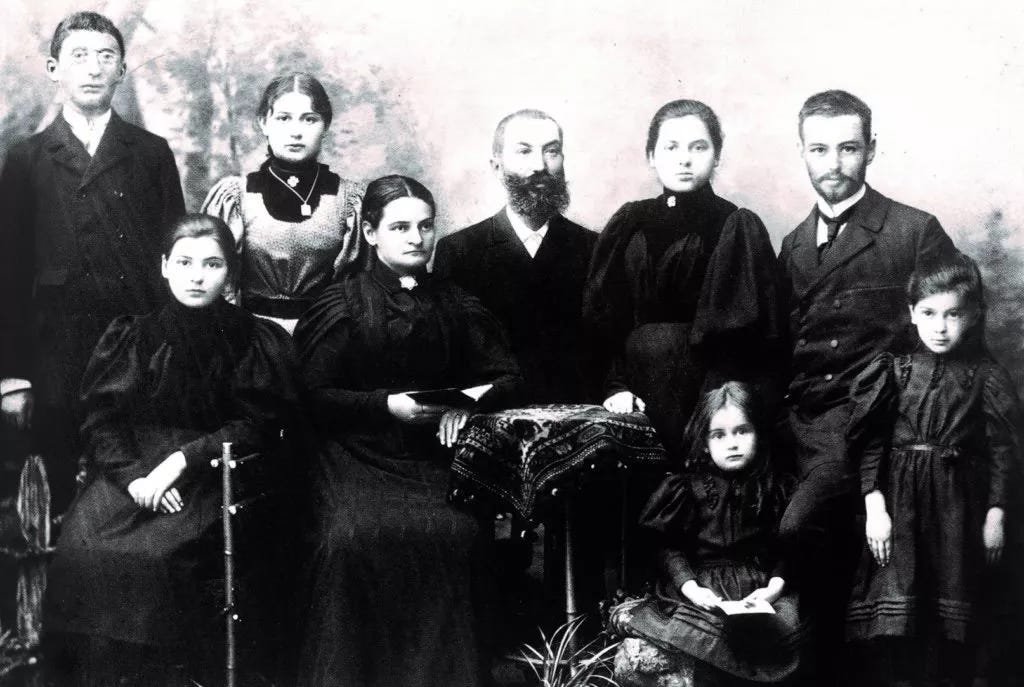
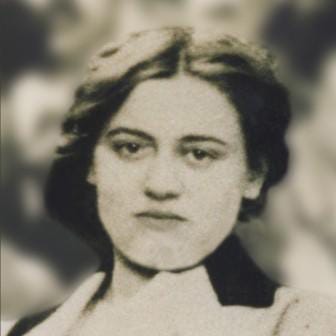
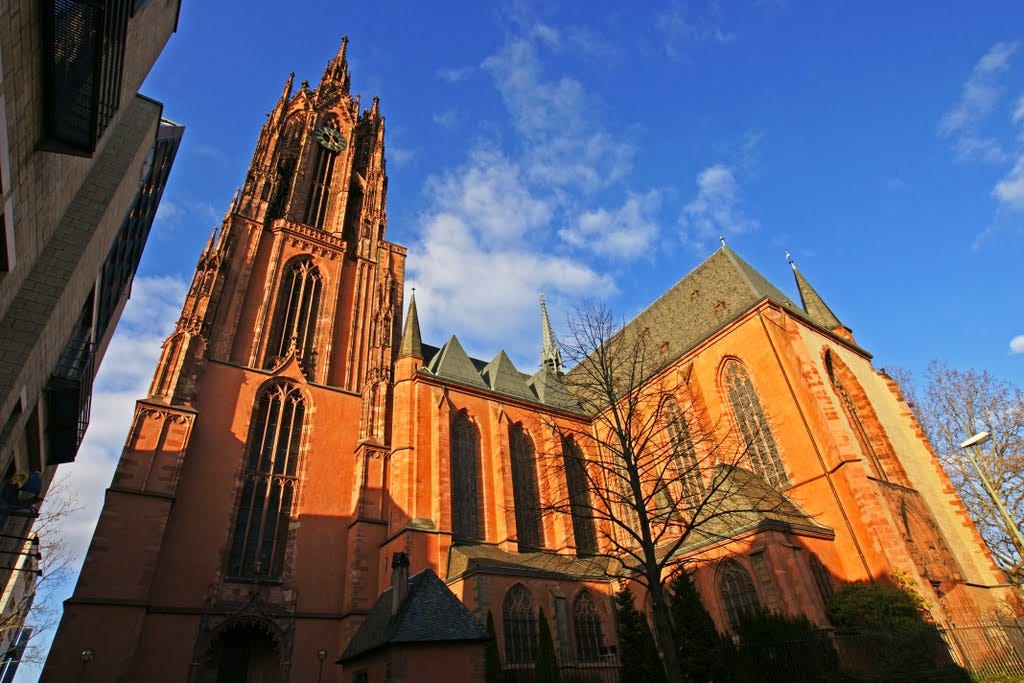
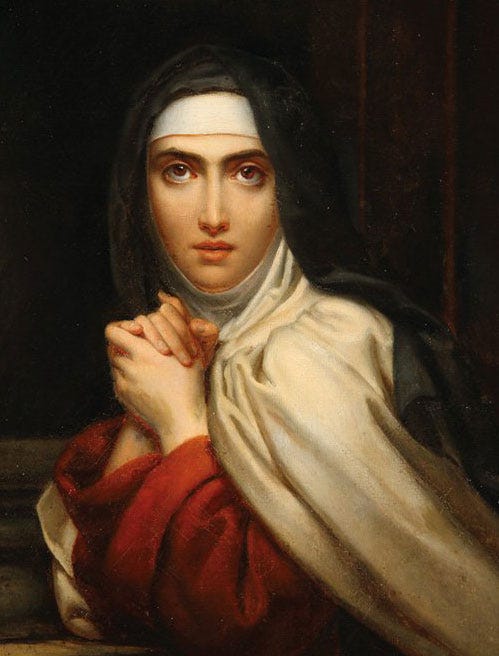
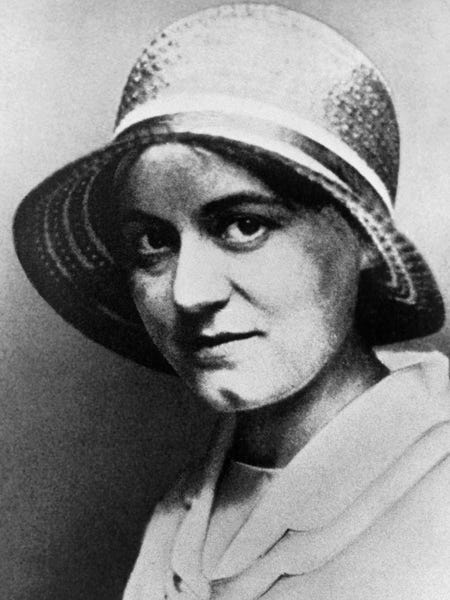
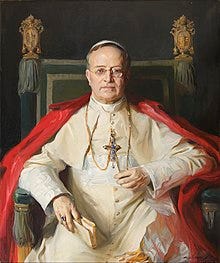

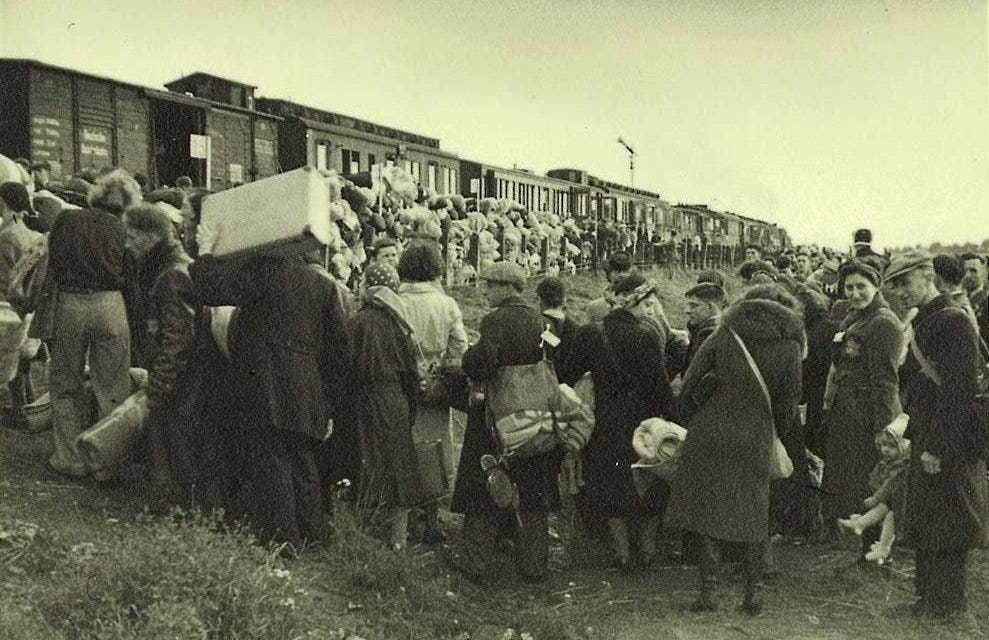
This one hurts. Thanks for sharing as always. Reading these has become part of my daily routine.
Another inspiring tale of a deeply spiritual life lived in times of darkness. May we also cleave to God and lift our voices in such times.